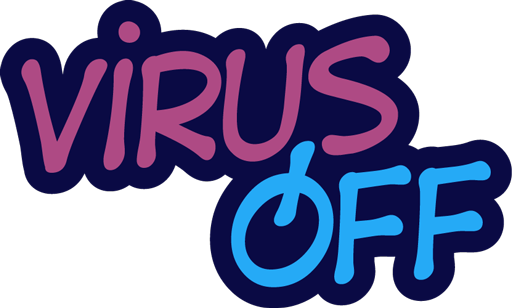Drug resistance appears to be on the increase, according to a new report from the World Health Organization (WHO) on HIV drug resistance (HIVDR). The report also provides nations with suggestions on how to keep an eye out for and deal with any possible issues.
There is both good and bad news in the study. It shows that people who are taking antiretroviral therapy (ART) with dolutegravir (DTG) have very low amounts of HIV viral load (>90%). Observational and survey data from various countries, on the other hand, show that DTG has higher HIV response rates than those seen in clinical studies.
As of 2018, WHO recommends dolutegravir as the preferred first- and second-line treatment of HIV infection for all populations:
- effective
- less side effects than other drugs
- easy to take
- has a high genetic barrier to the development of drug resistance
Four studies, on the other hand, found that resistance to DTG ranged from 3.9% to 8.6%. It was as high as 19.6% in people who moved to DTG because they had a high HIV viral load. So far, only a few countries have sent WHO study results.
Dr. Meg Doherty, WHO Global Program Director for HIV, Hepatitis, and STIs, said that the worrying signs of resistance in people whose viral loads have not gone down even after treatment with dolutegravir show that we need to be more vigilant and work harder to improve the quality of HIV care. She also said that standardized surveillance of HIV drug resistance is necessary for effective prevention, monitoring, and response to these problems.



